
Viewing paintings of Shao Yung-Tien (S.Y.T.) is like having a glimpse of his entire life, which stems from his faith. His multi-faceted life, from serving as a farmer, worker, businessman, which pretty much covers all walks of life, is also no stranger to series of failures. Despite the setbacks, Shao shows the persistence not to give up and makes faith the driving force for the practices of his life philosophy. On the other hand, these experiences lead Shao into staying true to his faith through painting. In a way, his paintings have become his regards towards gods and his own rituals.
Shao’s faith lies not only in the gods but also in his affection for the land of Alian District in Kaohsiung City, Taiwan, his hometown. This, again, echoes his life journey starting as a farmhand. Shao seeks connections to the land, plants, farming, and nature in a spiritual way, so as to achieve the unity of Heaven (gods), Environment (homeland), and People (agents of artistic practice), which is the theme found in Infinite Voyage. This unity represents the connections between the universe (Heaven), nature (Environment), and humans (People), and they coexist in harmony, as seen between humans and nature. This concept- Heaven, Environment, and People runs through Shao’s art works, bringing together the three elements with balance through faith. Such balance can be seen not only in the relations between individuals and nature, but also in social ethics and moral order. The idea that “destiny forges one’s nature, which naturally leads to the way things are,” a Confucian idea, points out that people should follow the way of Heaven, based on which they perfect their moral practices. Taoism, in comparison, features the Laws of Nature and advocates inaction, where people should comply with the laws of nature and refrain from intervening in the order of the Cosmo. The “destiny” and “one’s nature” here are also shown in Shao’s abstract paintings, which demonstrates the infinite voyage realized through Heaven, Environment, and People.
Shao’s creations from the stage of Wildness came from the early years when he created mostly with brushes. The pieces such as 'Sun Rise over Jiulong Mountain (oil painting)', 'Above the Clouds', etc. These series depict the objects untamed and ideas without boundaries. They show Shao’s reflections from years of work in the construction industry. The pieces require no perfection, but pursue a natural presentation. Therefore, most of the creations at this stage were sketching, but the emphasis fell not on realism or telling a story into details, but on the artist’s state of mind at the moment, coupled with random pauses of strokes. This wildness is also in line with an unconstrained state and freedom often found in a Zen state of mind.
The destiny and one’s nature, presented in art through the artist’s faith, feature an intuition for creation that is innocent, amateur, wild, and boundless. This concept is in line with the artistic practice and approach for creation, as suggested in Studio Art: Praxis, Symbol, Presence by Marilyn Zurmuehlen. For instance, children who have not received aesthetics training begin their artistic creation with the very first attempt of actions, also known as praxis. At this stage, creators usually explore materials and techniques at will and consciously make marks, before gradually matching these marks to certain meanings. Later on, these marked items evolve into symbols of complexity. These symbols represent concepts and thoughts of a deeper level, before the process of creation finally turns into objects for others’ admiration. Following this train of thoughts, Shao’s journey of creation can be divided into five stages- Wildness, Accidentalness, Physicality, Mechanicality, and Spirituality, forged by five years of his life. His agility in pursuing faith also manifests the idea proposed in André Breton’s Manifestoes of Surrealism, published in 1924. The book touches on the use of pure spiritual automation to faithfully express how people’s mind ticks. This approach is not bound by rationality; instead, it seeks to remove conscious control during creation and to reveal subconscious mind and emotions in a boundless way.
Accidentalness is when Shao explored the choice of materials and attempted the occurrence of automatism. This period featured elements uncontrolled and the precision spotted in the loss of control, which later became Shao’s agility in his faith, where there were accidental events. This search found similarity in the reflections on the subconsciousness as in automatism. The creations at this stage featured colored dots scattering and those made using dripping, whipping, and pouring of paints. Signature pieces include 'God Willing', 'Depth of Life', and 'Circle of Life'. These works feature the flow of paint and vertical flow induced by gravity, as experimental creations under subconsciousness without boundaries. This approach echoes the exploration of automatism in Abstract Expressionism in the 1940s; examples can be found in the drip techniques of Jackson Pollock or color blocking by Mark Rothko. Abstract Expressionism stems from automatism, while the former is also deeply influenced by Freud’s psychoanalytic theory, especially the study of dreams and subconsciousness, which happens to be relevant to the connection between faith and spirit.
Physicality is a stage of thinking that translates body movements into paintings. This part involves even more rituals in practicing one’s faith, where there were lots of movements to put piety into practice both physically and mentally. The creations at this stage involved wall painting produced using bare hands and body print, as well as pieces featuring waterfall and the fusion of different styles. Signature works include 'Down-to-earth Brings Fortune', 'Jubilance', etc. These pieces were also profoundly influenced by Abstract Expressionism, which can be expanded into performance art. Through Shao’s physical movements in faith, his body perception was amplified, along with the resonance between the artist and the paintings.
Mechanicality, for another, comes from Shao’s memory of craftsmanship when he worked with molds in factories in his youth. Creations at this stage feature a large number of repeated processes, loss of control, and precision. Through the alternation between the controllable and uncontrollable, the artist searched for the synesthesia between machines and bodies. Signature works such as 'Ever-changing', etc. This stage is marked with works for air sculpture, mandala patterns, swirl patterns made using a water basin, and those painted using carpenter’s rulers and back scratchers. The mechanical element of the paintings in this period lay not in the use of machinery to paint, but the comparison of the painting process to running a program, where contents are produced with the method that can be turned into modules, as in programming. By designing an algorithm to generate random numbers, predetermined loss of control can be built within a staged setting. This allows the production of a large number of paintings in a repetitive manner, while there can be occasional occurrences of unpredictable automatic techniques, which, in turn, gives birth to agility during creation.
Spirituality is the sum of the essence from the previous four stages. It is also the integration of elements and reflection from Shao’s five years of creation. This stage covered the series of Four Seasons and Thirty-Six Heavens, where the above-mentioned experiments on accidental occurrence and automatic techniques were also included. Take Four Seasons for instance; on-site performance art, coupled with the movements of sprinkling paints to create abstract paintings, as if the artist was sowing seeds, was a way to stress the importance of the four seasons in nature. Thirty-Six Heavens, on the other hand, featured acrylic painting as a base layer to be blown at using an air compressor to form an interior layer. As two individual pieces of works, this is another portrayal of how people make of the interior and exterior of Thirty-Six Heavens in Taoism. The twenty-four solar terms in the four seasons can be seen as the microcosm of Environment, while the Thirty-six Heavens represent Heaven, and Shao’s artistic practice represents People; the three, together, are the sum of heaven, environment, and people, as elements in an infinite voyage.
As Infinite Voyage depicts Heaven, Environment, and People; Heaven refers to the laws and order of the universe and nature. Ancient Chinese philosophers believed that Heaven holds the supreme place as the master of all things and the source of laws. For instance, in Confucianism, Heaven is regarded as the supreme source of morality and ethics, and humans should follow gods’ will and norms to attain the harmony between Heaven and humans. Taoism, however, focuses on being natural, respecting the way of Heaven, and not acting rashly, in order to seek harmony between Heaven and the environment. Environment represents both nature and the material world, and it is the basis for human survival, just as the earth provides resources, space, and ecosystems that allow life to thrive. Ancient Chinese had deep feelings for the land, and an agricultural society paid special attention to the use of land and its protection. In Feng shui, the choice of geographical location and environment is considered to have a key impact on a person’s fortune, which shows the special place of environments in Chinese culture. People, as a living entity between heaven and earth, are an integral part of the trinity. Humans are not only part of nature, but they have subjective agency and social attributes. In Confucianism, people are endowed with moral and social responsibilities to practice self-cultivation, to maintain family order, to conduct good governance, and to guarantee time for peace, so as to achieve harmony and unity between individuals and society. Taoism suggests that people learn from the natural environment, maintain their pure and simple nature, and blend in with the nature of heaven and earth. This manifesto of Heaven, Environment, and People can be found throughout Shao’s life, where he shows piety towards his beliefs by living up to them.
Infinite Voyage centers on the artist’s experience, five years as a painter and fifty-seven as an artist. The paintings from the five years show Shao’s reflections on the five stages- Wildness, Accidentalness, randomness
Physicality, Mechanicality, and Spirituality, which center on the Heaven, Environment, and People, and an infinite voyage. The fifty-seven years of journey depicts the life history of Shao, presented through another form of Heaven (society), Environment, (enterprise), and People (team member), and how these experiences influence his team members, innovate enterprises, and change society. The paintings from the seventy-five years of life cover five large-scale installations built using new media that combine technology and art. There are Ongoing Faith, When Letters of Wisdom Meet AI, for another, is based on the Letters to Comrades series by Shao. The text is processed by AI algorithms to generate pictures and musical compositions using AIGC (AI-generated content). AI in this case, as viewers, presents segmented life journey of Shao, who takes different roles between a writer and an artist, as he produces art on paper as well as he composes literature on canvas. Immersive Light Installation for Four Seasons features the artist’s signature project- Four Seasons, a 1729 cm x 516 cm large-scale live art painting. In an immersive space, paintings are projected on the four walls. On top of that, a projector is used to map the changes of light and shadow to present the changes of views spanning the four seasons. The Path of Painting with Agility, on the other hand, adopts dynamic capture technology to map the movements of Shao when he was painting. The movements are then projected in the air to be visualized in three-dimension with a spatial buildup, where paintings are shown through a particle system. In this way, Shao’s painting is no longer just a process of creation, but a performance, as well as a display of data with information hidden between the lines. The Faith Blossom on Snow features somatosensory interaction, where movements from viewers are merged into the work and their outline sketched in white, so that rich colors stand out even more. The scene is a representation of the process when Shao was creating the series of Thirty-Six Heavens, where colors blossomed under light and rose from the mist. With this interactive device, viewers’ movements become part of the artist’s creation, which echoes the spirit in the Thirty-Six Heavens series.
Five years as a painter allows Shao to portray his beliefs through paintings. With the reflections on Heaven (belief), Environment (nature), and People (painting), the artist pursues techniques for creation that is free and true to his state of mind. Subconscious expression without restrictions can be done when there is no conscious interference. On a different note, a lifelong artistic journey across fifty-seven years combines one’s beliefs with new media. With a cross-disciplinary approach, the essence of Heaven (society), Environment (enterprise), and People (team members) is explored and re-interpreted through new media art, thereby creating works with depth and uniqueness. Infinite Voyage bridges these two different interpretations of Heaven, Environment, and People, and also allows the two to coexist. Five years as a painter and fifty-seven years as an artist have deepened one’s faith, which, in turn, incites an infinite voyage in perfecting one’s life.
Infinite Voyage : Shao Yung-Tien
2024.09.11 (WED.) – 2025.08.31 (SUN.)
Curator|Yaman Shao, He-Lin Luo
Organizer|ALIEN Art Centre
Curatorial Team|ALIEN Art
In collaboration with|Meng-fan Huang, Pei-Ying Lin, Yu-Ting Hsieh, Tzu-Ting Huang, Ting-Yu Lin, You-Jane Liu
Special Thanks to|Lifetime Chair Professor Yi-Bing Lin, Graduate Institute of Animation and Film Art, Tainan National University of the Arts, Beavis pan, Fangyi Liu, Lee Jay en, Xu Mole
Infinite Voyage:Shao Yung-Tien, ALIEN Art Centre © ALIEN Art
Infinite Voyage:Shao Yung-Tien, ALIEN Art Centre © ALIEN Art
Infinite Voyage:Shao Yung-Tien, ALIEN Art Centre © ALIEN Art
Infinite Voyage:Shao Yung-Tien, ALIEN Art Centre © ALIEN Art
Infinite Voyage:Shao Yung-Tien, ALIEN Art Centre © ALIEN Art
Infinite Voyage:Shao Yung-Tien, ALIEN Art Centre © ALIEN Art
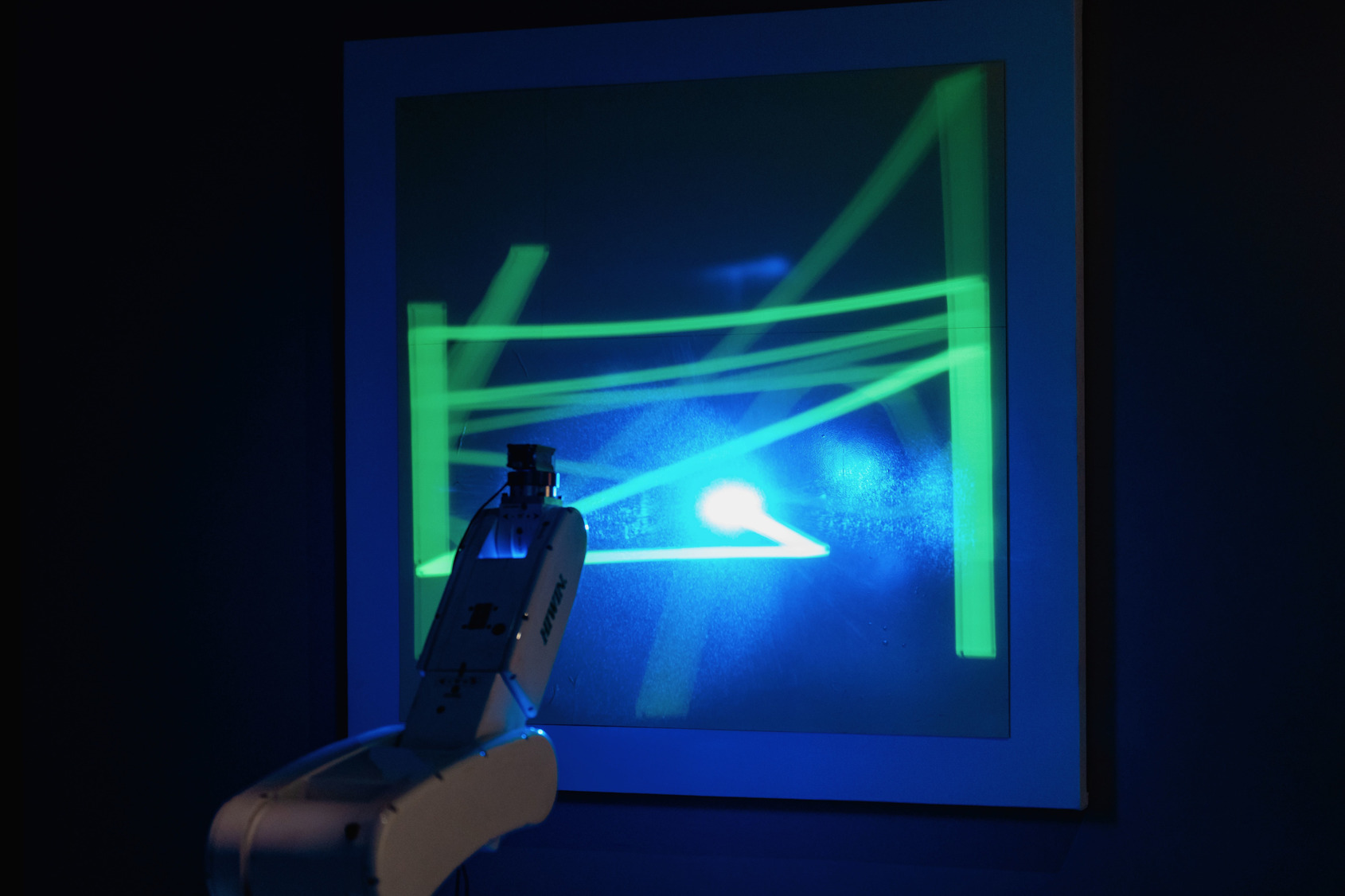
Infinite Voyage:Shao Yung-Tien, ALIEN Art Centre © ALIEN Art
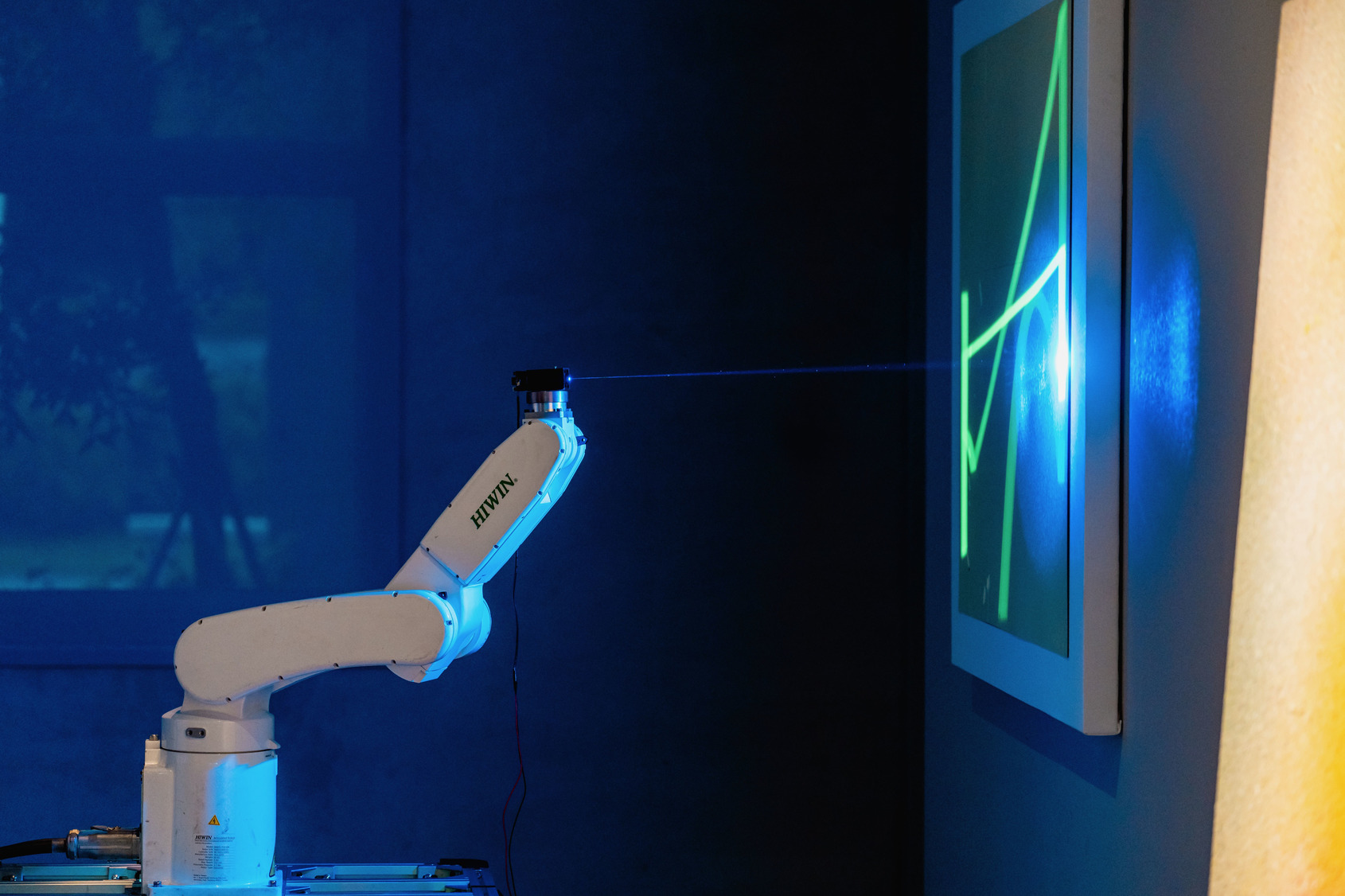
Infinite Voyage:Shao Yung-Tien, ALIEN Art Centre © ALIEN Art
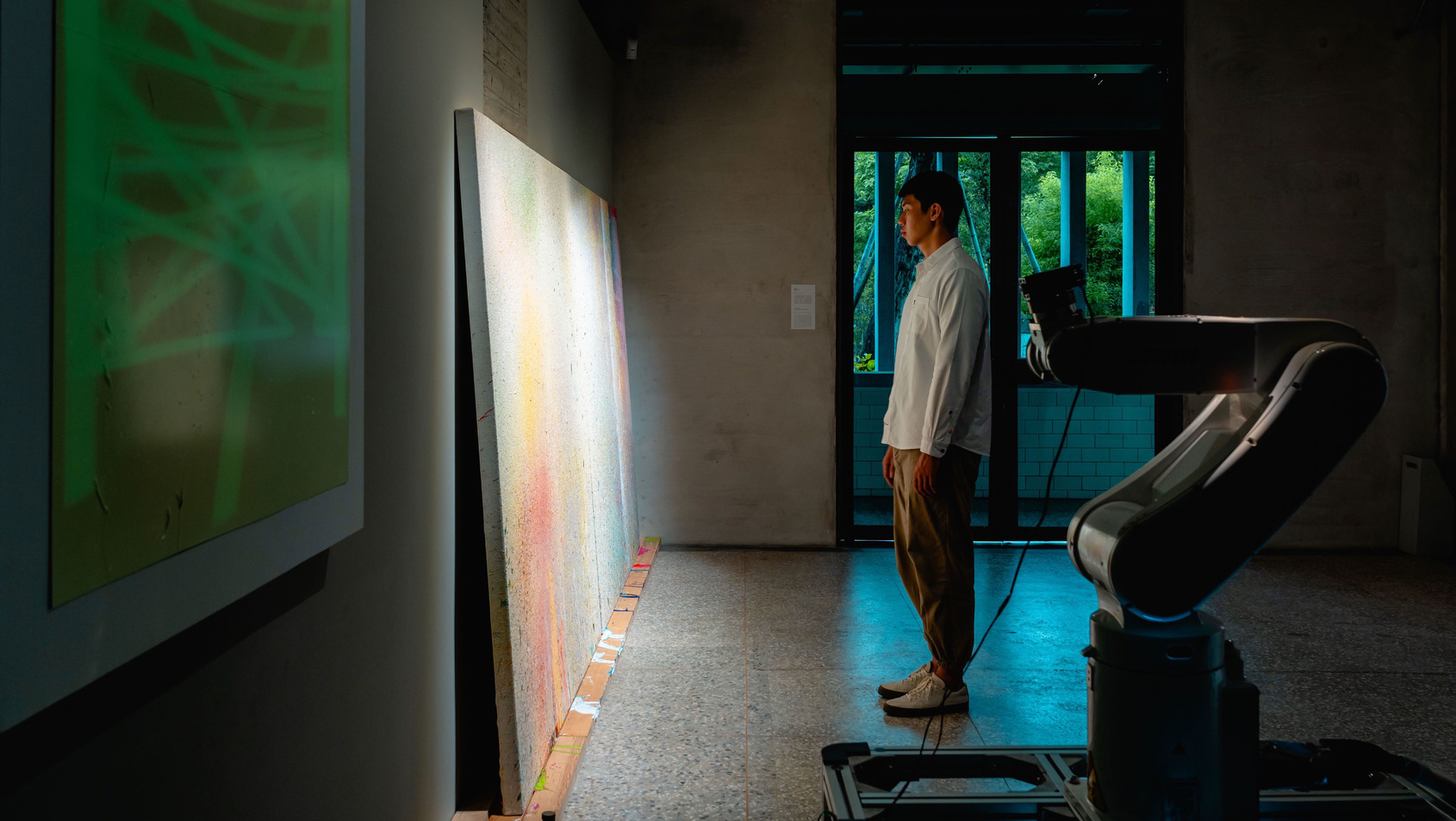
Infinite Voyage:Shao Yung-Tien, ALIEN Art Centre © ALIEN Art
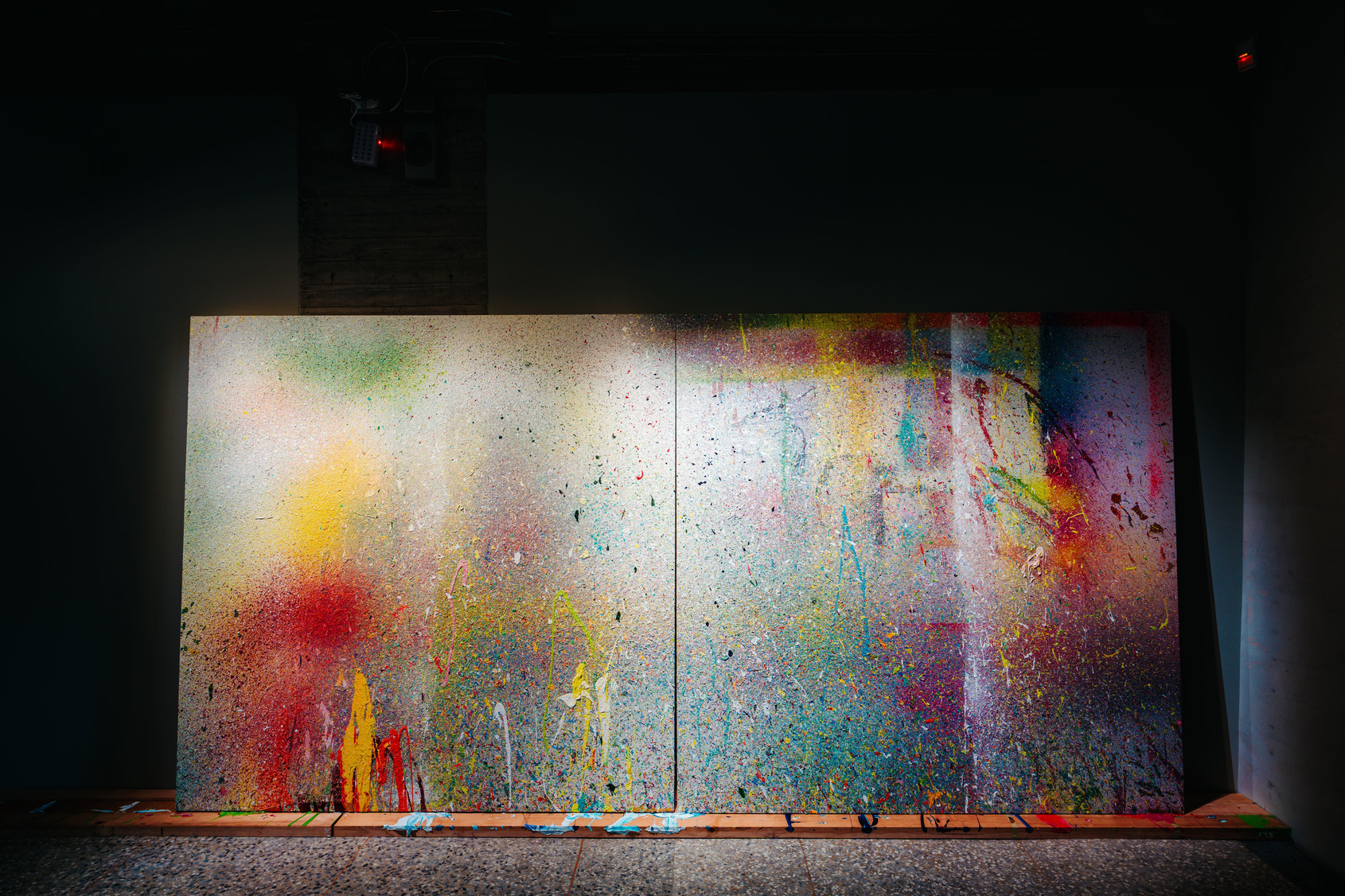
Infinite Voyage:Shao Yung-Tien, ALIEN Art Centre © ALIEN Art

Infinite Voyage:Shao Yung-Tien, ALIEN Art Centre © ALIEN Art
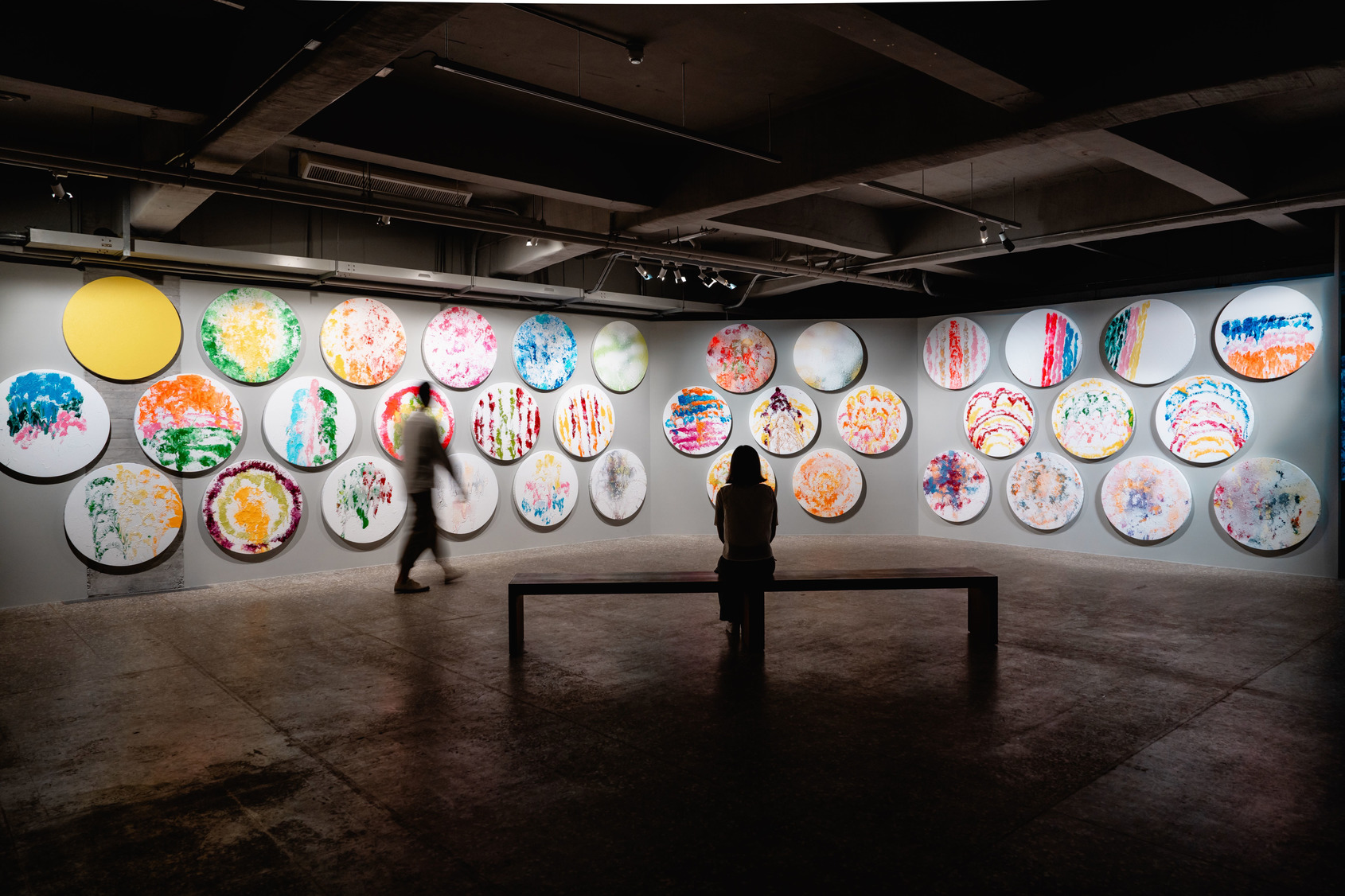
Infinite Voyage:Shao Yung-Tien, ALIEN Art Centre © ALIEN Art